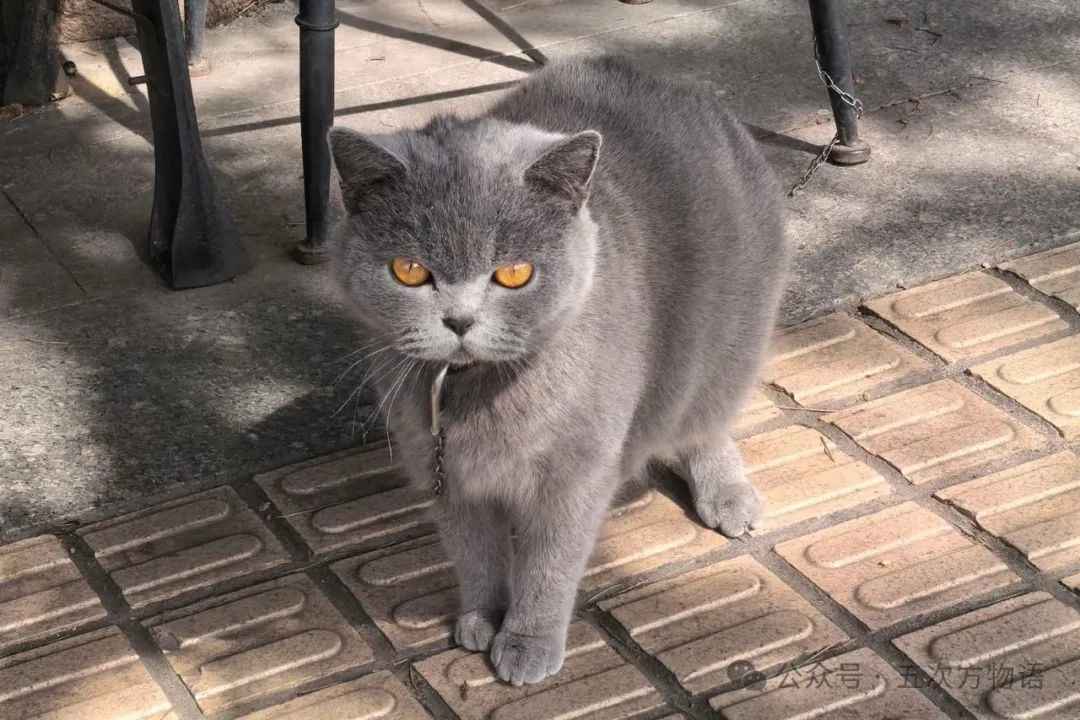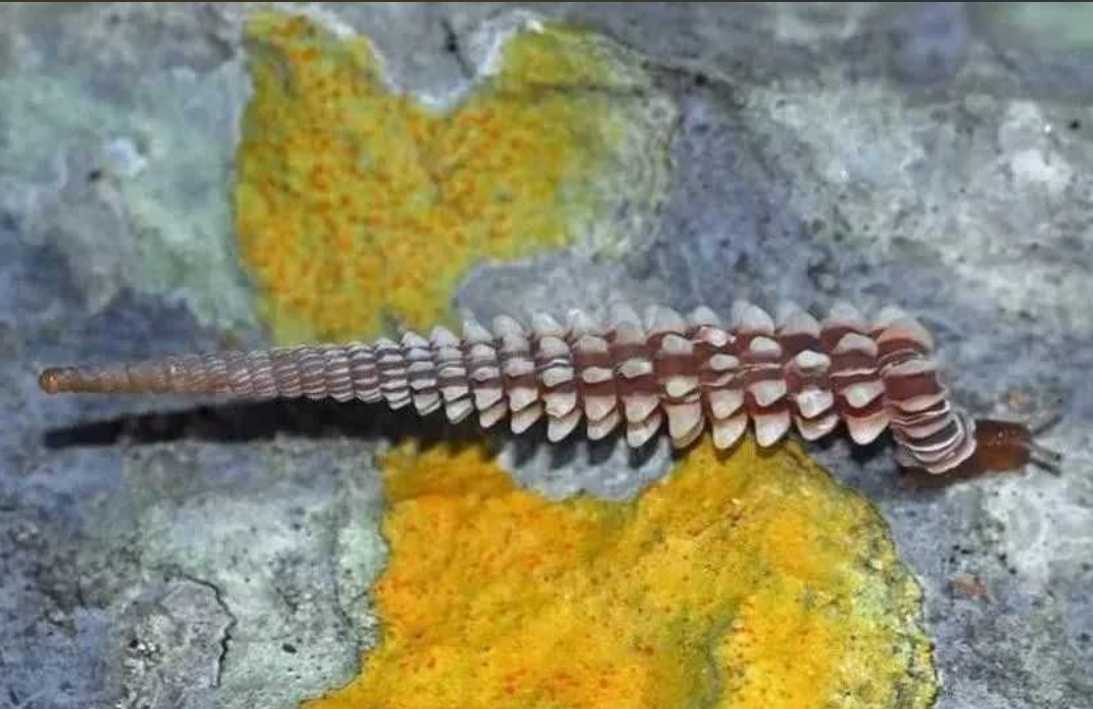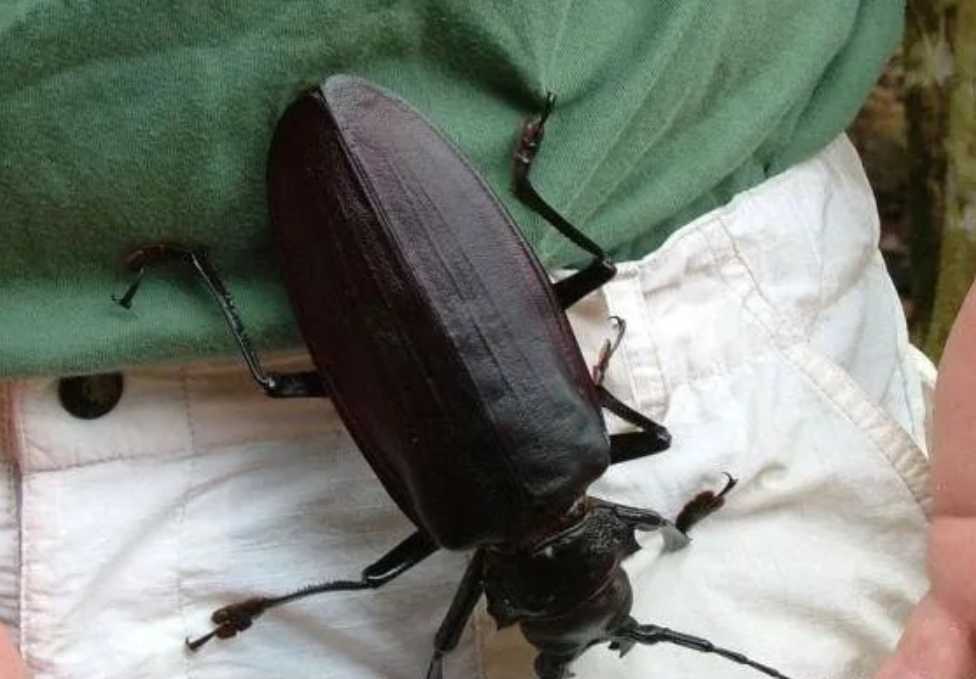
The British Shorthair, often affectionately called the "Brit," stands as a paragon of feline grace and resilience, with a lineage that stretches back over two millennia. Originating from Roman-era cats brought to Britain for pest control, these sturdy felines evolved from semi-feral hunters to cherished companions, their genetic makeup shaped by centuries of natural adaptation and selective breeding12.
By the 19th century, the British Shorthair emerged as a distinct pedigree, captivating audiences at the 1871 Crystal Palace Cat Show, where a blue tabby named "The Old Lady" became an instant sensation1. Breeders later crossed them with Persians to refine their signature plush coat and cobby build, balancing robustness with aesthetic appeal2. Today, the breed’s unchanging charm is reflected in its status as one of the world’s most popular cats, ranking 7th in the 2025 CFA breed list and boasting a 70% global fame score914.
Recognized for their round faces, dense coats, and expressive eyes, British Shorthairs exude a teddy bear-like warmth. Their coats, which come in over 30 colors and patterns, are renowned for their plush texture, requiring minimal grooming despite their thickness1617. Though often associated with the iconic "British Blue," these cats also dazzle in silver tabby, calico, and cream variations17.
Known for their calm demeanor, British Shorthairs are adaptable and affectionate, thriving in family homes and forming deep bonds with their human companions. While they enjoy play, they prefer gentle activities and are equally content observing household dynamics from a cozy perch617. Their reputation for patience makes them ideal pets for children and multi-pet households15.
Despite their robust appearance, British Shorthairs face breed-specific health challenges. As brachycephalic cats, they may experience breathing difficulties and dental issues due to their shortened skulls5. Hypertrophic cardiomyopathy (HCM), a common heart condition, affects some individuals, underscoring the importance of regular veterinary screenings513. Responsible breeders prioritize genetic testing to mitigate risks, ensuring kittens inherit sound health13.
A balanced diet and moderate exercise are crucial to prevent obesity, a risk exacerbated by their sedentary tendencies. Weekly brushing helps manage shedding, while routine dental care maintains oral health617. With proper care, British Shorthairs can live 12–20 years, offering decades of loyal companionship613.
The breed’s cultural impact is undeniable, most famously embodied by Lewis Carroll’s Cheshire Cat in Alice’s Adventures in Wonderland. Its enigmatic grin, a hallmark of the British Shorthair’s rounded cheeks and wide eyes, has become a symbol of whimsy and wisdom in literature and pop culture716.
Today, British Shorthairs continue to dominate social media and advertising, celebrated for their photogenic looks and regal bearing. Their popularity transcends borders, with breeders worldwide preserving their heritage while adapting to modern standards310.
In essence, the British Shorthair is more than a pet—it’s a living piece of history, blending ancient lineage with contemporary charm. Whether lounging by the fire or starring in viral memes, these cats embody timeless elegance, securing their place as a beloved global icon.





